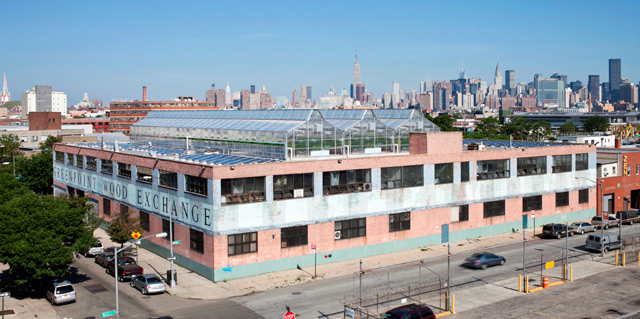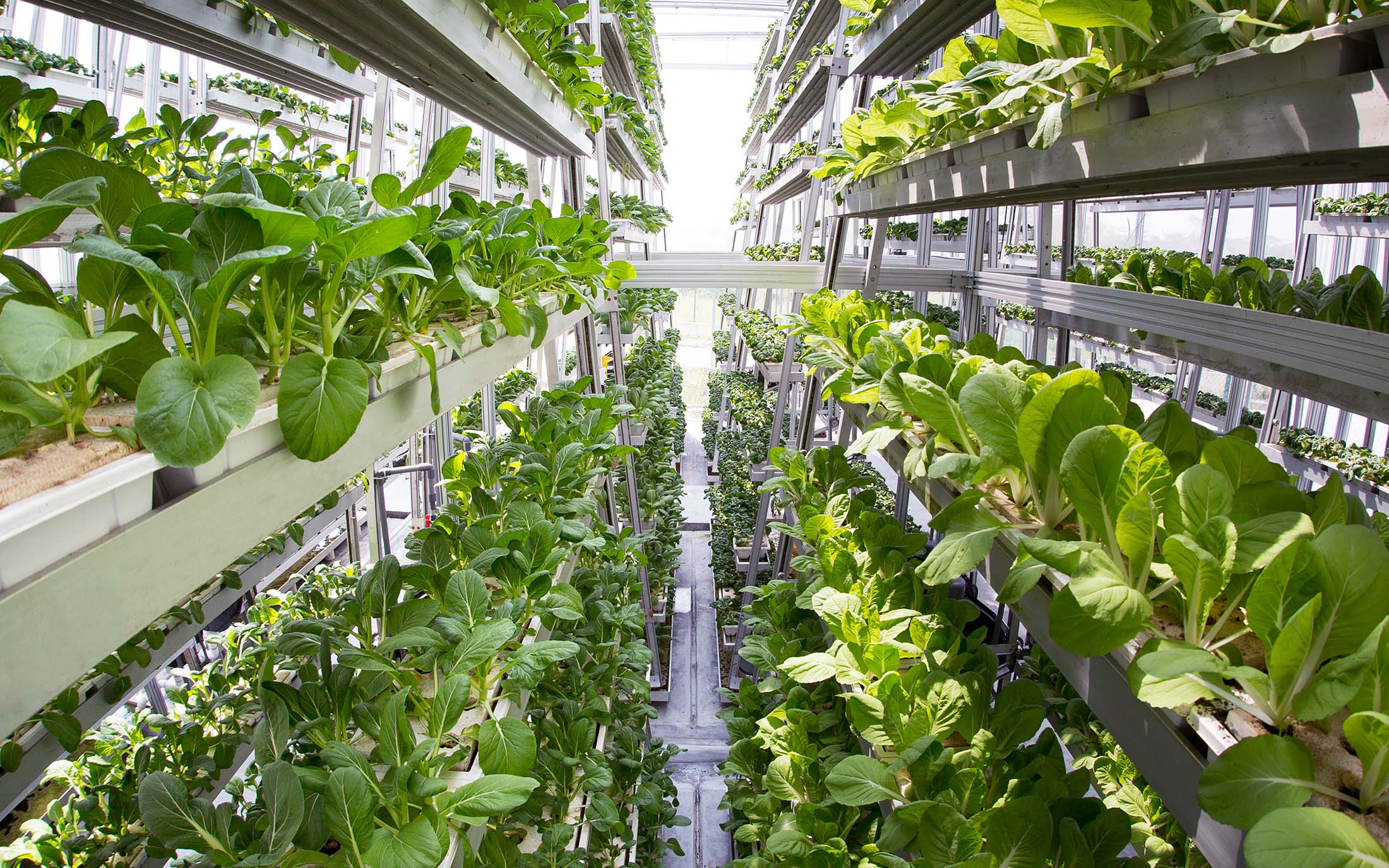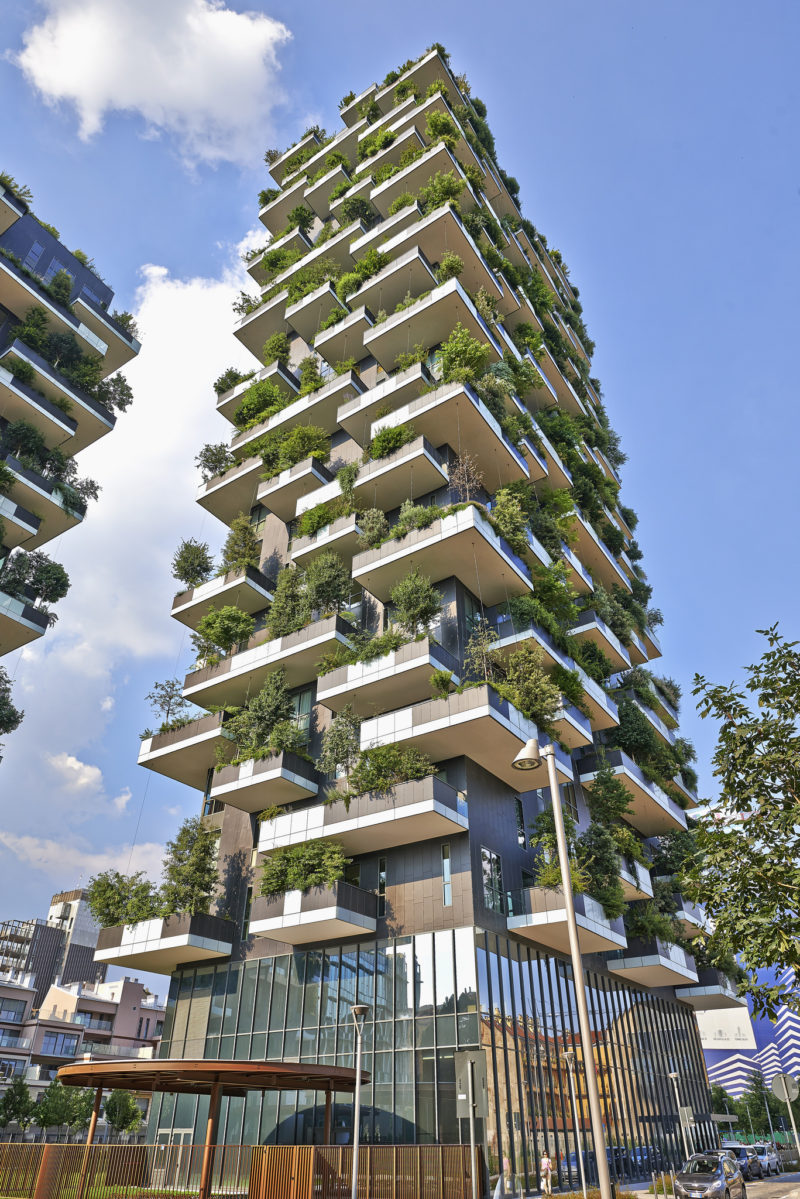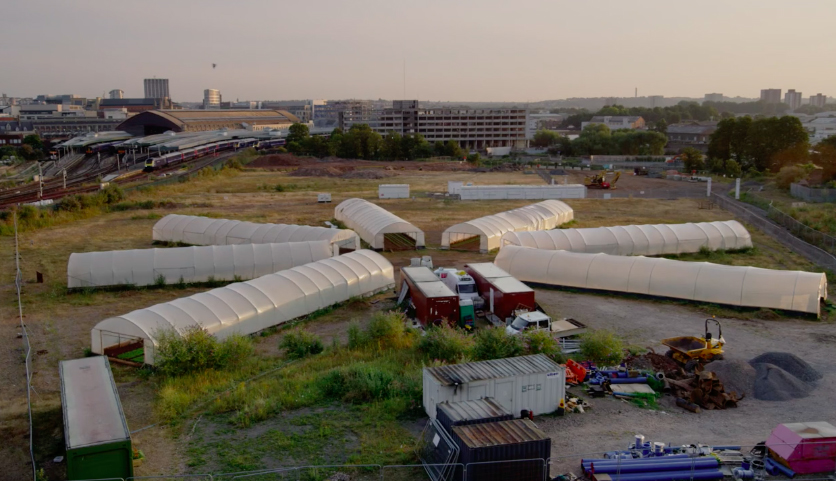Life in the city can be very exciting indeed. It can tantalize all the senses and offer a wealth of opportunity. But with more of the world becoming industrialized and cities having to cater for ever-growing populations, now is the time to look at smart ways of making them self-sustaining. This includes urban agriculture but also the expansion of green space within industrial areas. Redefining what cities are and how they could look is the key to integrating them in more harmoniously with the surrounding environment.
When it gets hectic, many of us urban-dwellers hit the road and head out to the country. It’s refreshing to breathe in clean air, see greenery, and hear the birdsong. But this remains a luxury to those that can afford to do so. What about those who can’t take time off or afford a break? They are faced with an innate struggle to get back to nature but find themselves simply unable to do so.
That’s really what it is: an innate need in each of us to have access to clean air, natural beauty, organic produce, and a measure of tranquility. And whether we’re aware of it or not, being deprived of those things long-term can lead to higher stress levels.
You might argue, “well, why not give everyone a pay rise?” but I say, “why not improve our cities?” Making cities greener, cleaner places is beneficial to everyone. This closes the inequality gap between those who can afford to get away and those who can’t.
Improve the surroundings, decrease stress levels, and you’ll have a happier population. Happier people are naturally more productive and work harder. This can only be a good thing!
It might not be happening where you are right now, but here is a sprinkling of some wonderful environmentally-friendly urban projects around the world. They offer hope and possibility for what could be in store for us all.
- Gotham Greens, NYC
 Hitting it off with the almighty New York City, Gotham Greens is a pioneer in urban agriculture. Pesticide-free and powered by 100% clean energy, the company has four sites across New York and Chicago. Their rooftop greenhouses utilize urban space at its best and are able to provide fresh produce to dwellers living just minutes away. With effectively zero travel miles, Gotham Greens is an excellent example of how it is possible to grow produce in a major city and feed local inhabitants.
Hitting it off with the almighty New York City, Gotham Greens is a pioneer in urban agriculture. Pesticide-free and powered by 100% clean energy, the company has four sites across New York and Chicago. Their rooftop greenhouses utilize urban space at its best and are able to provide fresh produce to dwellers living just minutes away. With effectively zero travel miles, Gotham Greens is an excellent example of how it is possible to grow produce in a major city and feed local inhabitants. - Growing Underground, London
 Across the pond, a similar practice is occurring. This time, however, it’s under the ground. It might sound bizarre if you consider the primary thing plants need to photosynthesize is the sun, but these guys are using the power of hydroponics to supply produce to London’s inhabitants. Pesticide-free and rapidly working towards being carbon-neutral, Growing London is another leader in the field of city-growing.
Across the pond, a similar practice is occurring. This time, however, it’s under the ground. It might sound bizarre if you consider the primary thing plants need to photosynthesize is the sun, but these guys are using the power of hydroponics to supply produce to London’s inhabitants. Pesticide-free and rapidly working towards being carbon-neutral, Growing London is another leader in the field of city-growing. - Sky Greens, Singapore
 Vertical farming at its best, Sky Greens is the world’s first low carbon, hydraulics-driven urban producer. Stacked stories high, Sky Greens allows a much larger yield of product with the same footprint as a single-layer farm. The controlled environment also allows for much less waste than conventional farming. Low energy, low water usage and low maintenance; is this the thing of the future?
Vertical farming at its best, Sky Greens is the world’s first low carbon, hydraulics-driven urban producer. Stacked stories high, Sky Greens allows a much larger yield of product with the same footprint as a single-layer farm. The controlled environment also allows for much less waste than conventional farming. Low energy, low water usage and low maintenance; is this the thing of the future? - Prinzessinnengarten, Berlin

This German project came into play back in 2009 as a gentrification of sorts of an urban wasteland. A small group cleared away the trash and replaced it with crops. The emphasis here is on community projects and the importance of having more green space within cities. Prinzessinnengarten is a place of learning and exploring the possibility of a more sustainable future for all. - Bosco Verticale, Milan
 Stunning and majestic, Bosco Verticale, or the “Vertical Forest,” is a pair of residential towers in Italy’s fashion capital. Around 300ft high, these towers are host to hundreds of trees and plants. This vegetation absorbs carbon dioxide, produces its own microclimate, and provides a boost of oxygen to residents. Living near trees has been shown to make us happier, so imagine being able to have access to them on your doorstep ten stories up!
Stunning and majestic, Bosco Verticale, or the “Vertical Forest,” is a pair of residential towers in Italy’s fashion capital. Around 300ft high, these towers are host to hundreds of trees and plants. This vegetation absorbs carbon dioxide, produces its own microclimate, and provides a boost of oxygen to residents. Living near trees has been shown to make us happier, so imagine being able to have access to them on your doorstep ten stories up! - The Severn Project, Bristol

I couldn’t write this article without throwing in one of the great green projects coming out of my very own city. In 2015, Bristol was awarded the European Green Capital Award. Spend a little time here, and it’s not hard to see why. Similar to Berlin’s Prinzessinnergarten, Bristol’s Severn Project takes a holistic approach to urban farming, offering opportunities to those facing barriers going back to work after a difficult past. Gardening has been shown to make us happier, decrease stress, and boost confidence. Generating produce with a project like this not only gets local goods onto the plates of city-dwellers, but it has a positive social impact through education and empowerment.
So you see, plenty of good is happening around the world. If our news stories were more balanced, we might just hear about these rather than all doom and gloom. Do some research and you’ll find countless other little gems around the globe all trying to make the world a better place. Urban growing is not only possible, it’s thriving.
Have you visited any urban agriculture spots?
Also by Kat: Why You Should Rethink Your Choice of Toothpaste
Cotton: The Hard Truth about this Soft Fabric
Related: What You Can Do Now to Fight Climate Change In Your City
Get more like this—Subscribe to our daily inspirational newsletter for exclusive content!
__
Photo: Gotham Greens, Growing Underground, Sky Greens, Wikimedia Commons, Patrick Bombaert via Flickr, BBC, The Severn Project




